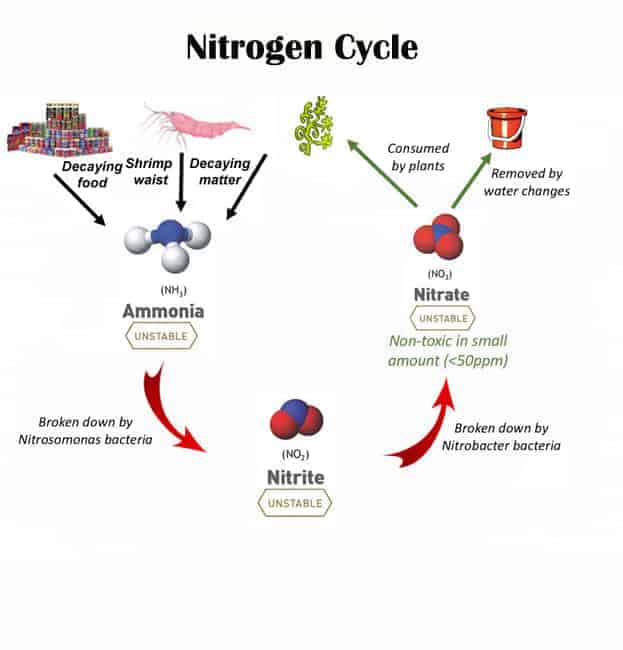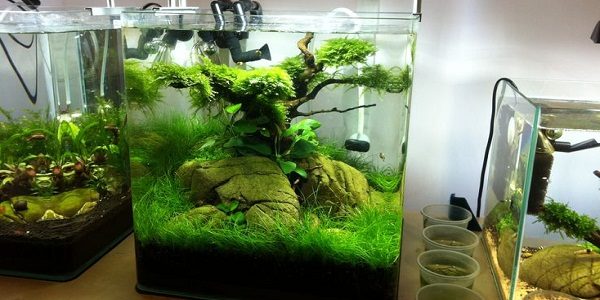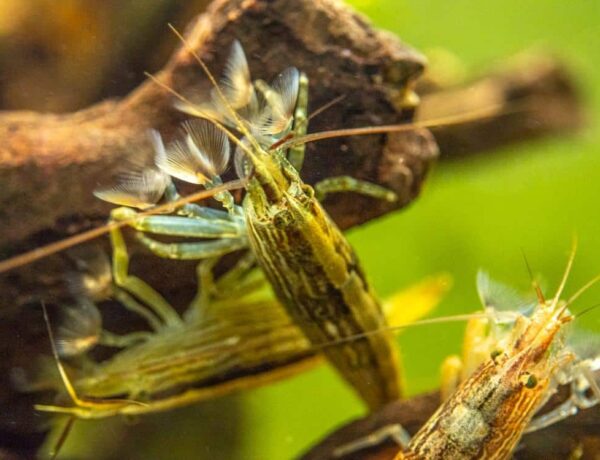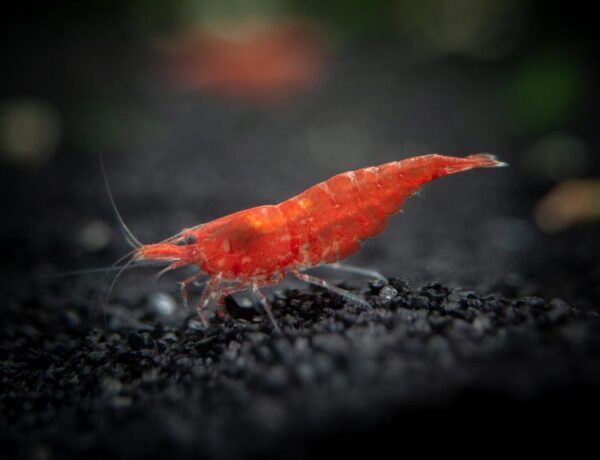Table of Contents
Shrimp Tank Cycle aka. The Nitrogen Cycle
I know how tempting it is to buy all this equipment for your new shrimp farming hobby and instantly dump them in your tank. You need to understand the Nitrogen Cycle before even purchasing your RCS (Red Cherry Shrimp) or you could possibly kill a lot of your shrimp.
What is the Nitrogen cycle?
The Nitrogen cycle is a process where beneficial bacteria (in your substrate, hardscape, and bio-filter) convert that nasty ammonia that your fish,shrimp, or food produce and turn it into nitrite, which in turn will eventually convert to nitrate (which is nitrogen). Nitrogen is the final product of this cycle, which is great for live plants. This is why people are getting more into scaping their tanks with live plants (cuts down on water-changes).
What is Ammonia?
Ammonia is what fish, shrimp, food and dead plant decomposition break down into over time in the aquarium. Once there is the presence of ammonia, (BB) beneficial bacteria will start to grow. These little guys will convert your nasty ammonia into nitrite. Ammonia is harmful to your fish and shrimp, so the most ideal level to have is at zero because just like us, no one wants to be swimming in their own waste.
What is Nitrite?
Nitrite is the first step of beneficial bacteria converting ammonia into nitrate. Once there is a presence of nitrite in the aquarium, another set of beneficial bacteria will start to grow that converts your nitrite into nitrate. Nitrite is also harmful to your shrimp and fish. High levels can possibly kill them.
What is Nitrate?
Nitrate is the final product of the nitrogen cycle. This is produced after both types of beneficial bacteria are established in the aquarium and is converting your bio-load into harmless nitrate. Now bear in mind, high excessive loads of nitrate can also be harmful to your inhabitants and potentially kill them.
Removing excessive loads of nitrate
There are only two ways to remove nitrate from your aquarium. First is planting aquatic plants, which will convert nitrate and other harmful substances into O2 (and CO2) during photosynthesis. It can take a significant amount of time for the plant load to consume the excessive nitrate, but they will happily consume it, since they can use it during photosynthesis. Floating plants (floaters) like frogbit, duckweed, and dwarf water lettuce are very efficient nitrate consumers. Their roots take up nutrients directly from the water column. The second way to remove excess nitrate is by doing water changes and add fresh water into the aquarium. Learn more about water changes.




No Comments